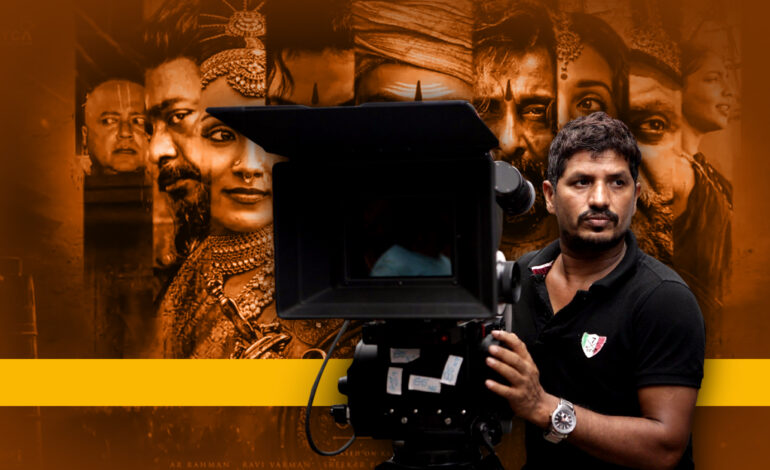
The breathtaking journey of cinematographer Ravivarman from Moore Market to the high pedestal of the film world in a Mercedes-Benz.
A 12-year-old orphan boy from the Poyyundarkudikadu village in Thanjavur discontinued his studies at 7th standard and reached Chennai only to be blamed for robbery and thrown into a juvenile home.
A place where a person is accused of crime even if there is scant evidence for it, he got beaten up continuously for 15 days. But he wouldn’t tell the truth that he is innocent. Much later, a relative came to pick him up from the home. But the ‘thief’ tag didn’t go away in his village.
He couldn’t take that. He returned to Chennai with one resolution fixed to his mind – that one day he would return to the village either in a Mercedez-Benz car one day or in a coffin!
He had a dream but it was almost impossible to realise it. And the only other companion was his poverty. Twice, he tried to die by suicide by jumping in front of a speeding train. But death wish was also not easy to fulfil. Then followed nights spent on on the pavements of different streets in Chennai. Finally, help came from an unexpected acquaintance, who arranged a cleaning job for him at the house of a lawyer friend of his father. After being there for a few days he left the place when he grew tired of cleaning the toilet. Later, he slept under the Anna flyover in the city. It was a world with no windows or doors open to him.
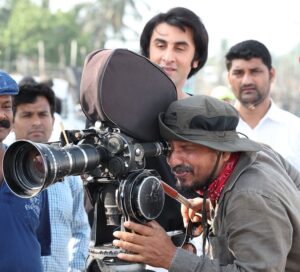
Haunting hunger forced him to take up another job _ this time as a waiter at Hotel Amaravati, for a monthly salary of one hundred and fifty rupees. When he got his first salary, the boy went to the imported goods-filled Moore Market to buy a colourful Singaporean kilt and a T-shirt, but what attracted him more was a row of Russian-made cameras in a shop. There was a reason for that. When he left the village, all he had with him was a lungi and a shirt and an out-of-focus photograph of his mother on her wedding day. An attempt to recapture his memories of his mother by enlarging the picture made him realise what an irresponsible camera click would do to life and its memories. He had to live with the out-of-focus image of his mother for the rest of his life. These are moments when you realise that a photo is worth a life. His interest in photography grew every time he looked at the photograph. That interest led him to a Zenit 6 camera at the now-extinct Moore Market.
He acquired the camera for 150 rupees after haggling with the shopkeeper who quoted 1000 rupees initially. Then he waited for the next month’s salary to buy a film roll. His love for camera which started then grew into a passion. That boy is now India’s most sought after cameraman in the film industry. His name is S. Ravivarman. Without any practical experience or any theoretical knowledge gained from a film school, he took photographs, read books and, after a tortuous and tiring trek, reached the top. The life that started as an office boy in the cinema world has culminated in the prestigious role of being the cinematographer of Ponniyin Selvan, the big budget film of Indian cinema’s celebrated craftsman Mani Ratnam. Now, even big Bollywood stars are willing to adjust their call sheets to have Ravivarman as their cinematographer. Bollywood superstar Sharukh Khan, instead of sending his son Aaryan to a film school, sent him to Ravi for a few days as his assistant to learn film-making. The scars of desolate nights of terror find a reflection in the camera eyes of a self-made man who has become a who is who of the Indian film industry. Miracles do happen when you follow your passion single-mindedly. That is the lesson from Ravivarman’s life.
Ravivarman started off his career with filmmaker T.K. Rajeevkumar’s Malayalam film Jalamarmarangal in 1999. Later he became a constant presence in Tamil, Telugu and Hindi film industries. Shaantham, Anniyan, Vettayadu Vilayadu, Dasavatharam, Barfi are some of the films that glow with the Midas touch of Ravivarman.
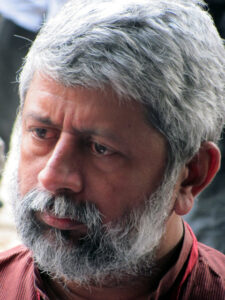
Dragonflies and death
Directors choose Ravivarman as their cinematographer for no other reason than the amazing visuals he captures, enriching the story narration. The climax shot of the National Award-winning film Shaantham by director Jayaraj, released in 2001, is one of the testimonies to the quality of Ravivarman’s craft. Ravi himself has said this about the scene: “There are two characters in the story. A murderer and a man looking for him. They are at two different sides of a river. They meet at the river in the last scene. When we went to the location to shoot the scene we saw lots of dragonflies flying around there. There is a belief in our place that after we die, our soul will turn into a dragonfly. It was there in my mind. I was confident that once the shooting starts, one of the dragonflies will come and sit on the frame, maybe not in the hands of one person. I waited patiently, focusing the frame on a sword that was visible in the frame and started rolling the camera. Finally, a dragonfly flew and sat on the sword’s tip. The director was surprised to see that. That’s how it became the film’s final shot.”
That was a camera movement that even the director didn’t think of. Later, on seeing these magical visuals of Shaantham at a film festival, Mani Ratnam reached out to Ravivarman. It was a dream-cum-true moment that threw him back to his days in Chennai when he would wake up looking at the cinema posters bearing Mani Ratnam’s name on the wall along the pavements that he slept on.
Mani Ratnam moment
Even though he has worked with ace directors like Sanjay Leela Bhansali, Anurag Basu and Gautham Menon who have constantly pushed him out of his limits and brought out his best, it was Mani Ratnam who proved what rich and enticing visuals can do to a celluloid narrative _ a reason for Ravi considering him his favourite director.
In Mani Ratnam’s Ponniyin Selvan too, Ravivarman has created many iconic scenes which Indian cinema has never seen. His camera does not ogle at Aishwarya Rai, Trisha and Aishwarya Lakshmi. This film is also a world he paints with colours. When Ravivarman is asked about these rich visual wonders in films, he always mentions his mother, who died at a young age. “ I have never seen my mother smile. So whenever I close my eyes to look through the view-finder of the camera, I see her tired face. I can see her looking worried about me from that side. I always want bright light and colourful visuals in my frame because of that.”
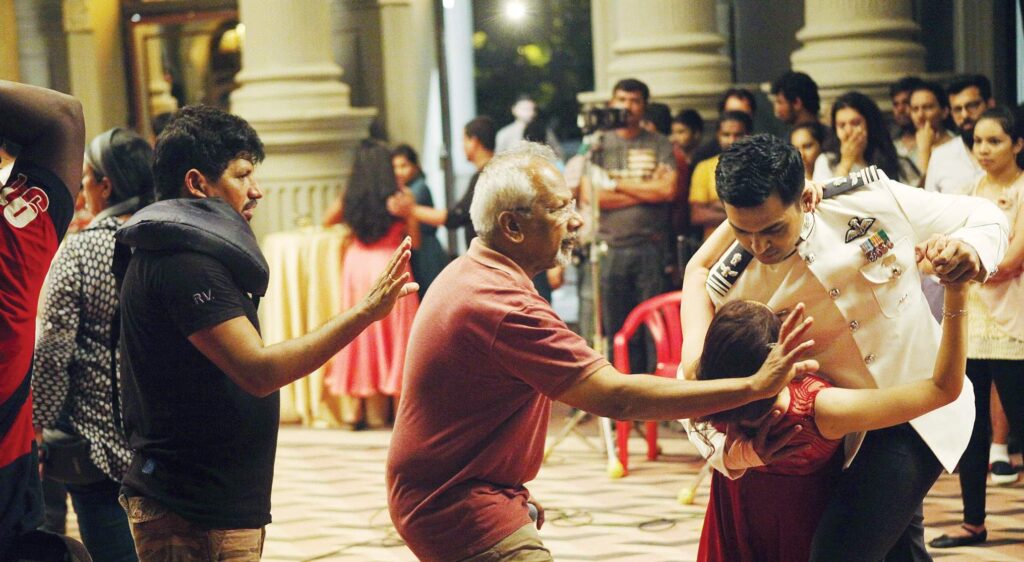
If we see his films from that perspective, all the gorgeous and mind-blowing visuals he has shot till date have been the result of his effort to recreate his mother whose life was not one of colour and grandeur. So the dragonfly sitting on the sword’s tip might have been his mother in Ravi’s eyes. A mother who is visible only to him. Though this imaginative recreation and representation of his mother gives us joy, it is a painful experience for Ravivarman, which he never lets. The night of her death is still a memory frozen inside him. This is how the son narrates it:
“I cannot forget that night. I went to bed early. In the middle of the night, since it was very cold, my mother took my blanket from me. I started crying and took the blanket back. Next morning, when I was taking a shower my brother told me that mother froze to death in her sleep. I stopped believing in God since then. I still live with that guilt. If I had not cried over that blanket that night, my mother would have been with me now.”
So, one could see waves of pain and sadness behind Ravivarman’s frames of aesthetic beauty. He often goes to his past during many celebrity events of cinema. This happened at the preview night of Vettayadu Vilayadu, a Tamil film helmed by Gautham Vasudev Menon. When many famous film personalities enquired about Ravi after watching the preview show, he was sleeping shirtless under Chennai’s Anna flyover, a place where he had spent his many sleepless nights as a child in poverty. Maybe he was trying to punish himself by taking in all the cold of the night, thereby apologising to his mother for the unintended cruelty he had inflicted her.
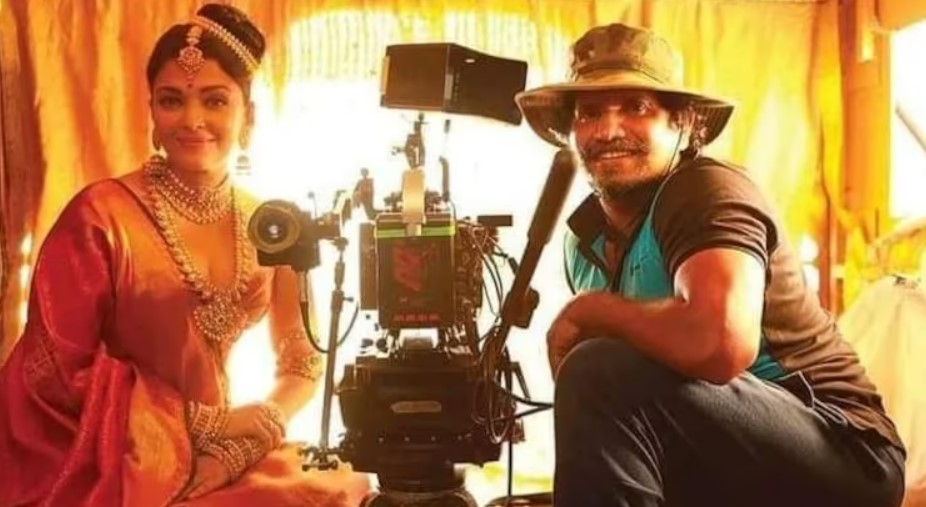
A modern-day Varman
The name Ravivarman was not chosen by his mother though. He chose it because he was inspired by the Chola dynasty rulers like Arulmozhi Varman and Kulothunga Varman. Their names and the great deeds they have done led Ravi to add Varman to his name. Many a time people have teasingly told him that he took the name after Raja Ravi Varma. But they have not seen Ravi sitting meditatively in front of the works of world famous artists like Rembrandt and Picasso.
This meditation might be the reason for Ravi portraying different characters of Ponniyin Selvan in different colour tones. The lighting pattern for Adithya Karikalan who is wild in nature differs from the one for a peaceful and jovial Arulmozhi Varman. He designs the light according to the emotions of the characters.
Ponniyin Selvan is full of scenes in which his camera delves deep into the depth of the words in the dialogue and bring them out as visuals of unmatched beauty. “Look, there is a heap of treasure on the way. Don’t be daunted by that,” says Nandhini. Vanthiathevan replies in similar words as she opens the door outside the palace. “Am I not watching a cluster of diamonds!’. And she askes, “Are you mesmerised by it?” Such catchy lines are easy to write in a script but often lose their meaning in the visuals. Only when they evolve visually do the director and the audience realise the magic of the cameraman. When the phrase ‘cluster of diamonds’ is uttered, we see the glorious image of Aishwarya Rai in a close-up shot. A beautiful verse enriched by a even more beautiful visual! We notice the note of confidence in Aishwarya Rai’s words (“Are you mesmerised by it?”) only because of the way Ravivarman captures it visually.
Of course, Ravivarman’s camera eyes validate that question. Otherwise, there may not have been another scene in the movie that is as loud as that question. Our viewing life is in the new age of cinema, where this question mixed with the arrogance of a 49-year-old woman has been transformed into trolls and circulated through the new media. Ravivarman the cinematographer is strong enough to beat that era.
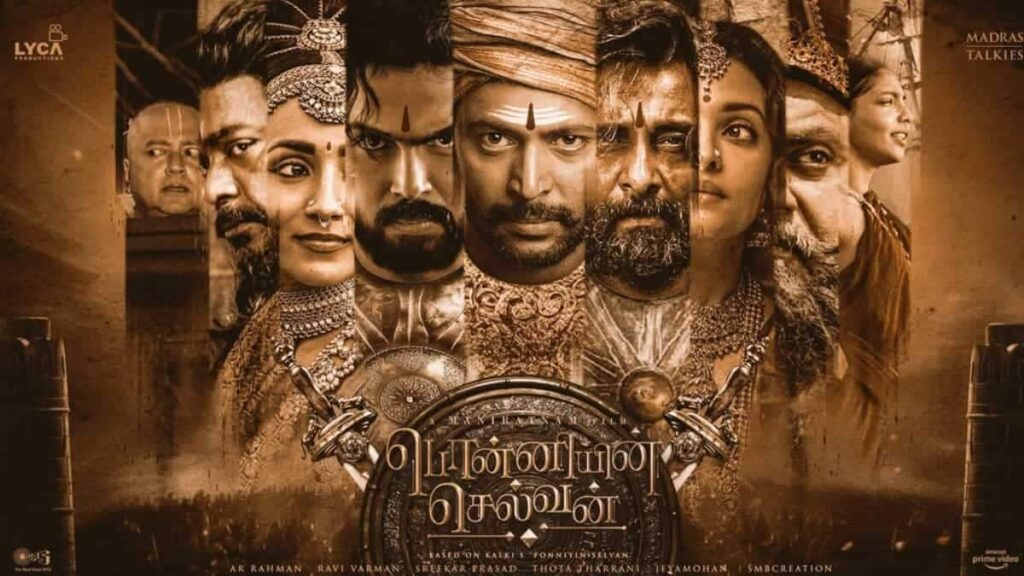
Ponniyin Selvan is rich with such scenes. It is said that all the directors who sign Ravivarman in as their cinematographer hand over the script to him months in advance. This may be because the imagination of the writer and the director is magnified tenfold through his visuals. For example, Poonkuzhali, played by Aishwarya Lakshmi, is called Samudrakumari (daughter of the sea) in Ponniyin Selvan. In this film, the cameraman along with director must have imagined a scene where the beauty of both the sea and the woman were brought together by the name Samudrakumari. Perhaps one of the best scenes in Ponniyin Selvan is that of Poonkuzhali climbing from the sea pole to the pack ship on a cloudy rainy moonlit night. A true maiden of the ocean. A visual cue for the printed word! Ponniyin Selvan comes at a time when strength is considered the norm . In all the recent big budget films, cameramen used close-up shots to show the chest, muscles and male strength . But Ravivarman does not portray the heroes and villains in Ponniyin Selvanin such visual terms. When we look at it like this, we realise that Ponniyin Selvan is not just a Mani Ratnam film. That is why we assume that the cameraman must have been constantly present in the post-production of the film.
Did the shopkeeper in Moore Market who gave the camera worth one thousand rupees to a hotel worker for one hundred and fifty rupees know that the worker in shabby clothes would become a cameraman worth gold in Indian cinema today?
Ravivarman would never have thought that he would have the task of reimagining Thanjavur’s national history ever since he once ran away from that street. Thus Ravivarman is a great chapter in the human history of comebacks.
S Ravivarman is also something like this.
Today, when we see Ponniyin Selvan, we see remember Ravivarman also. If it is Kalki Krishnamurthy’s imagination that turned Ponniyin Selvan into a historical figure after Arulmozhivarman was thrown into the Cauvery river thinking that he would drown and a woman named Ponni rescued him, then this film becomes another magical version of realism when another person who once lost his father and mother and was thrown into orphanhood emerged and visualised Ponniyin Selvan. So for me, the real Ponniyin Selvan is the cinematographer itself. (This article was originally published in October 2022)
Click here to read in Malayalam.
Translated by Rithwik Baiju and Gopika Gopan R


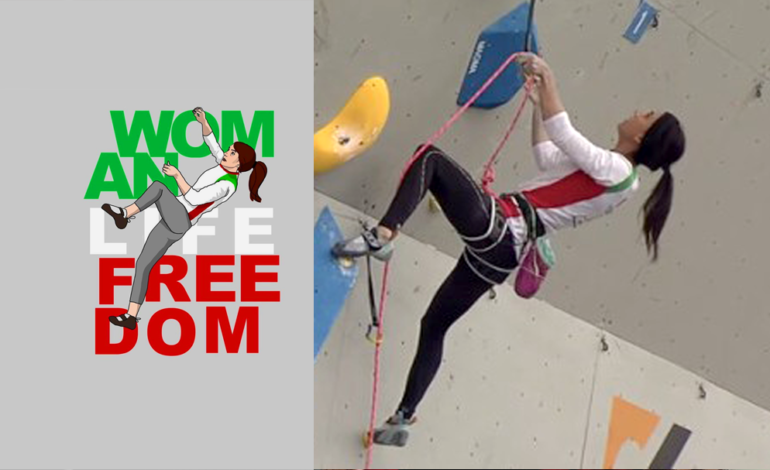
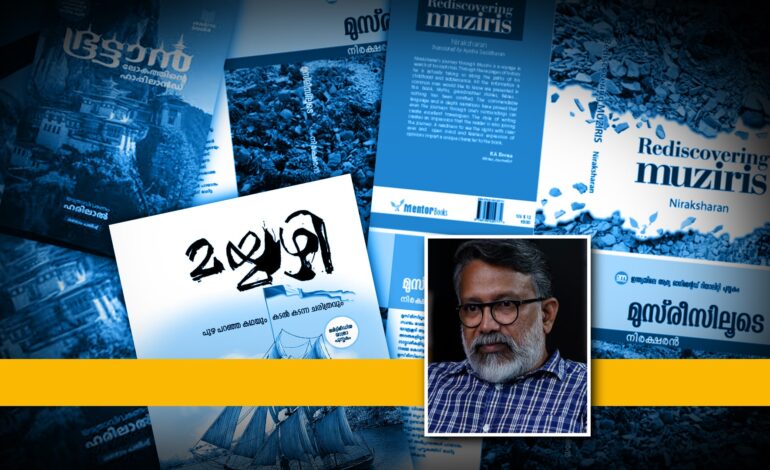


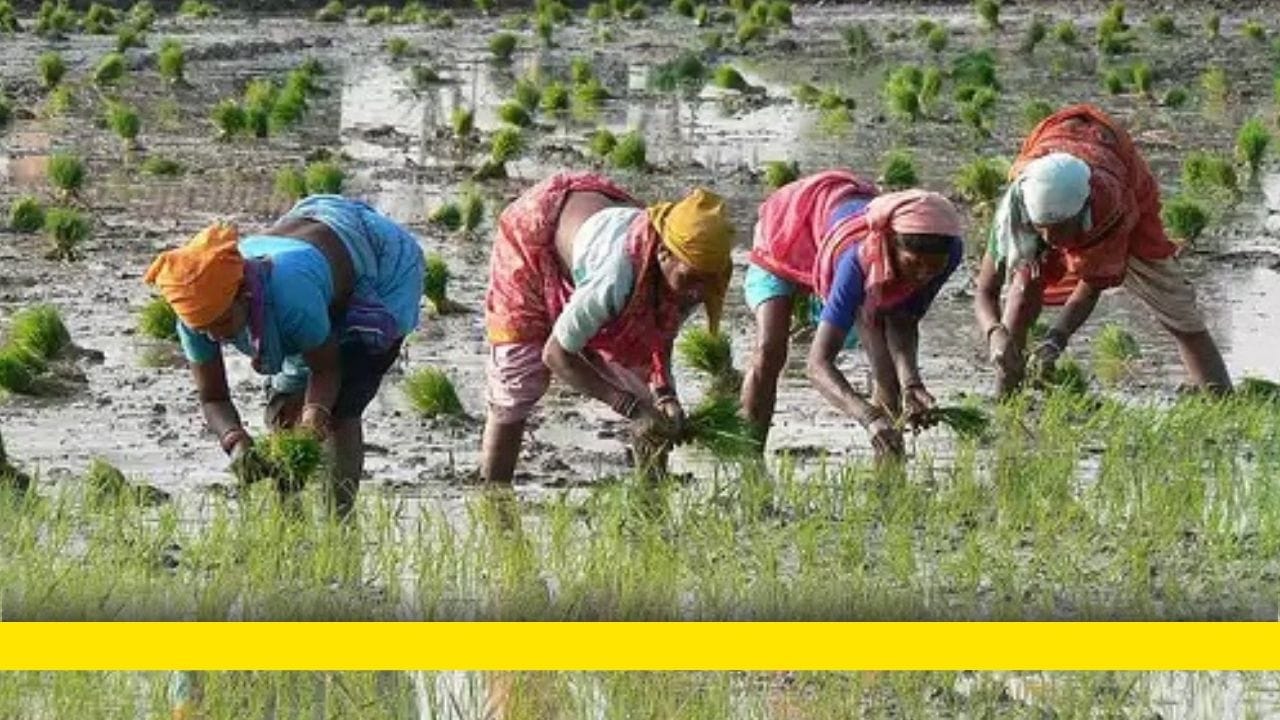
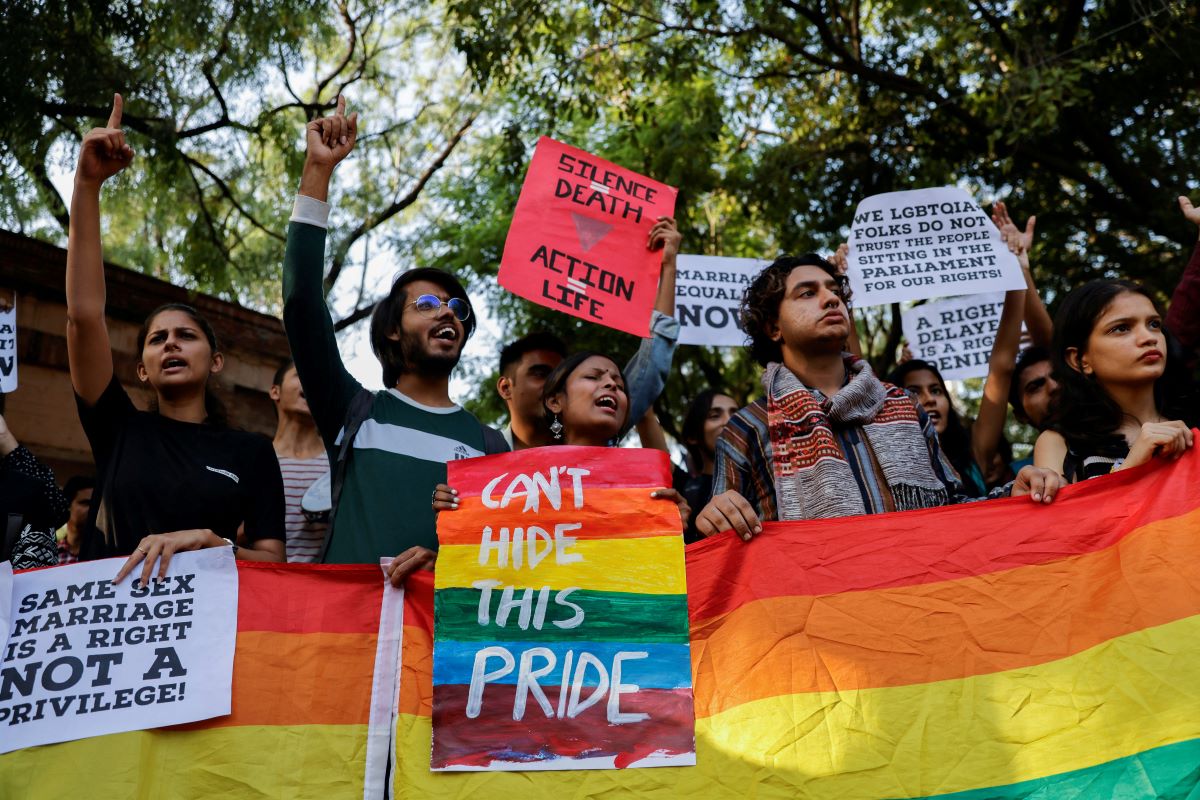
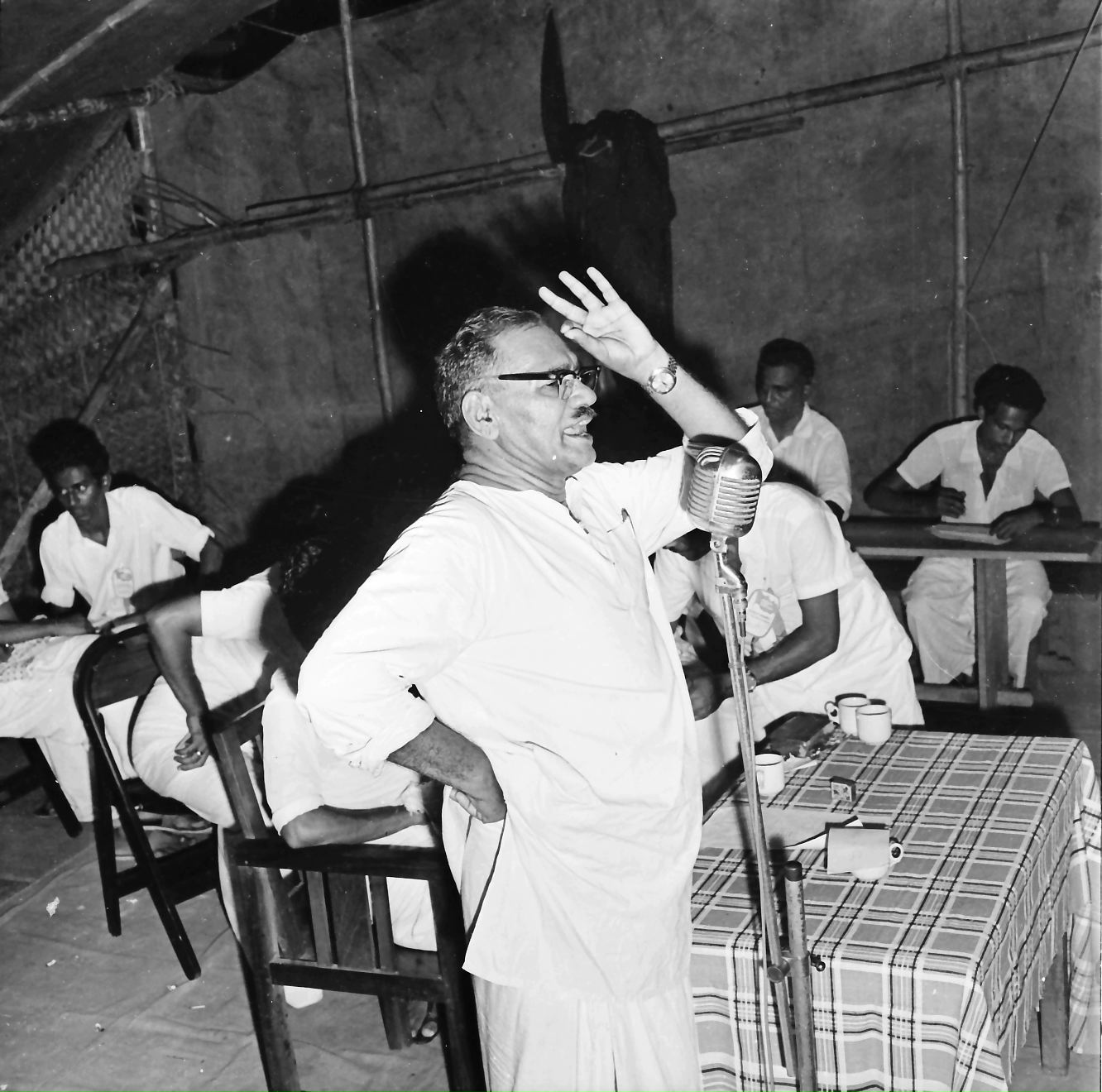



A very inspiring story.